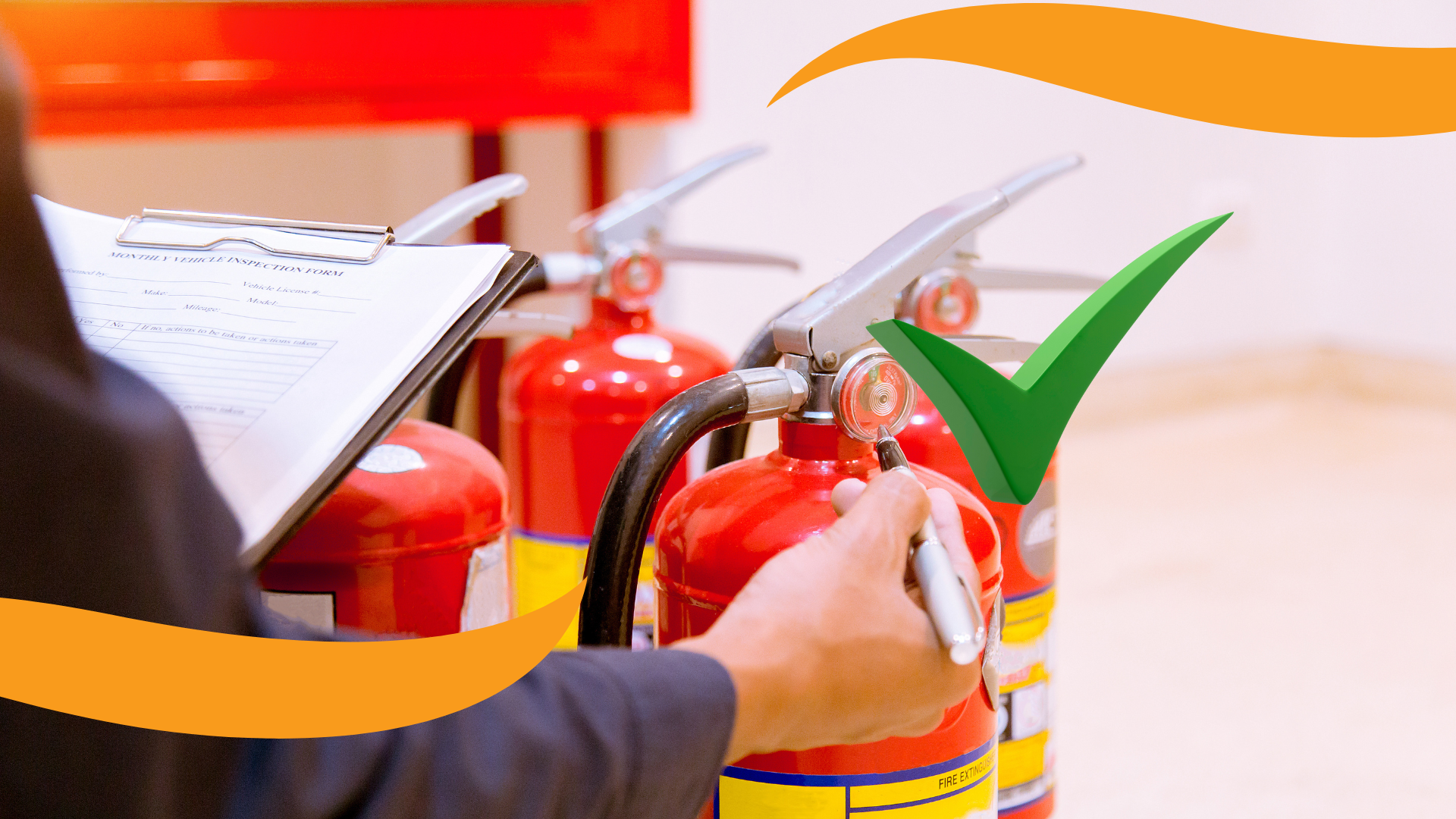What is a Fire Risk Assessment?
What do they do and why are they needed?

Conducting a fire risk analysis (FRA) is a crucial step in building management. These inspections help identify the potential fire hazards within a building, allowing for proper preparation and safety measures. In areas like England and Wales, it is mandatory for larger residences, including blocks of flats and multi-occupant houses.
Fire Risk Assessment Background
Prior to the introduction of the Regulatory Reform (Fire Safety) Order in 2005, fire safety was regulated through a complex array of laws and standards. The 2005 Order streamlined these regulations, shifting the responsibility from the fire authorities to the building's owner or manager, known as the "responsible person." This individual must carry out a fire risk assessment, identifying hazards and implementing suitable precautions. The tragic Grenfell Tower fire in 2017 further emphasized the vital importance of comprehensive fire risk assessments, leading to increased scrutiny and subsequent amendments, such as the Fire Safety Act 2021. The progression of fire risk assessment laws in the UK reflects a continual effort to enhance building safety, protect occupants, and respond to lessons learned.
Purpose of a Fire Risk Assessment
The purpose of an FRA is to create a comprehensive safety blueprint for the building, focusing on:
- The likelihood of a fire occurring
- The potential consequences if a fire were to break out
- Necessary precautions to minimize the risks of ignition or fire spread
This analysis must be appropriately tailored to the building to comply with the law.
What Does a Fire Risk Analysis Encompass?
The FRA focuses on communal parts of a building accessible to all residents, such as entrance halls and stairways. Additionally, it looks at the building's overall fire safety practices in these shared spaces. Some key aspects it considers include:
- Preventing the Onset of Fire: This might be placing 'no smoking' signs, inspecting electrical sockets, or checking lighting fixtures regularly.
- Minimizing the Spread of Fire: Implementation of fire doors, for example.
- Alerting Occupants: Ensuring properly functioning smoke alarms.
- Ensuring Safe Evacuation: Creating clear and accessible escape routes.
- Providing Fire Safety Instructions: Making emergency plans readily available.
- Reducing Potential Damage: Installation of fire extinguishers or sprinkler systems.
All these measures aim to safeguard not only the occupants within the building but also those nearby who might be at risk if a fire were to start or spread. Conducting a fire risk analysis is a responsible and essential practice for building safety.
For more information check our
Fire Risk Assessment Page.











